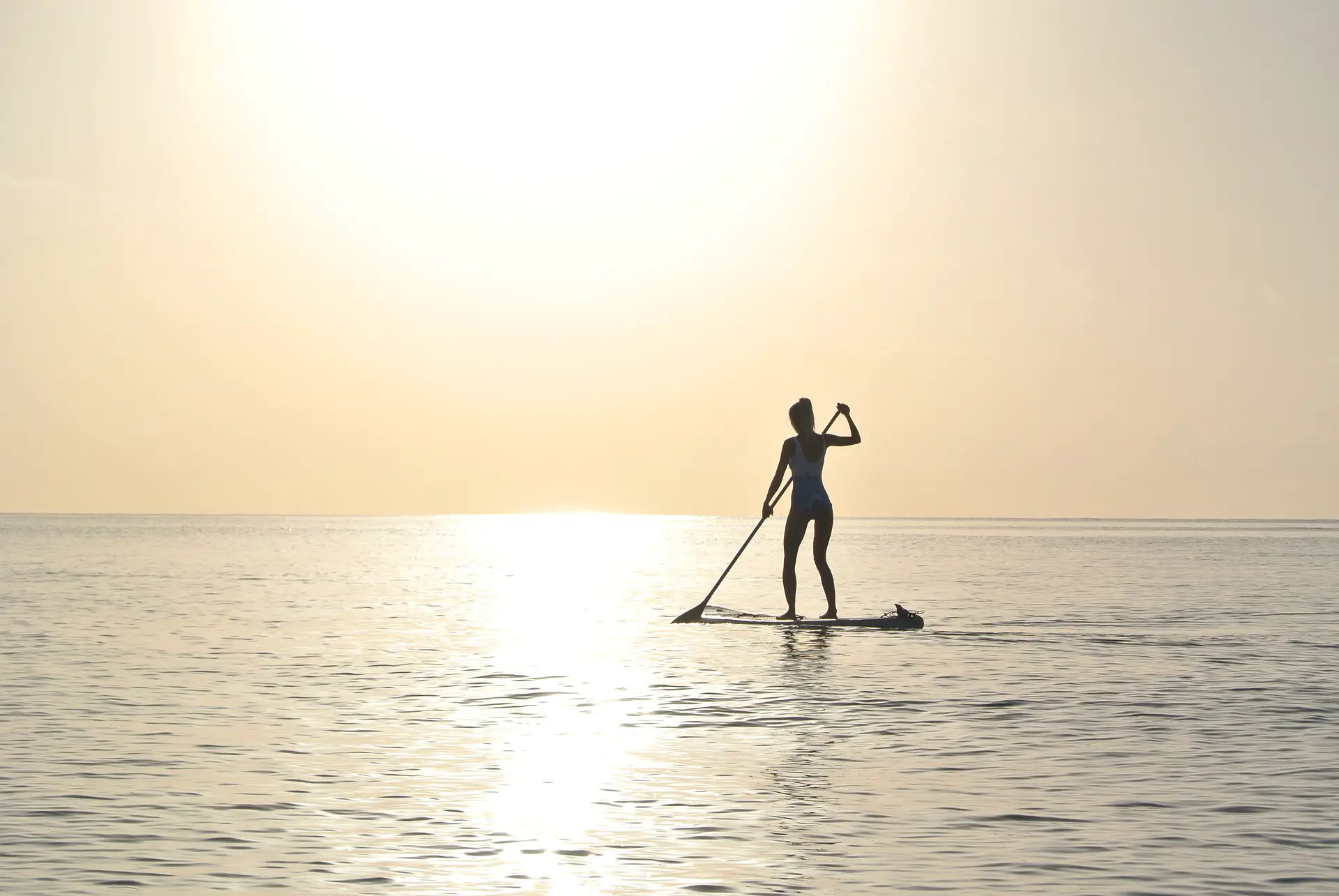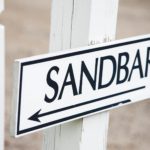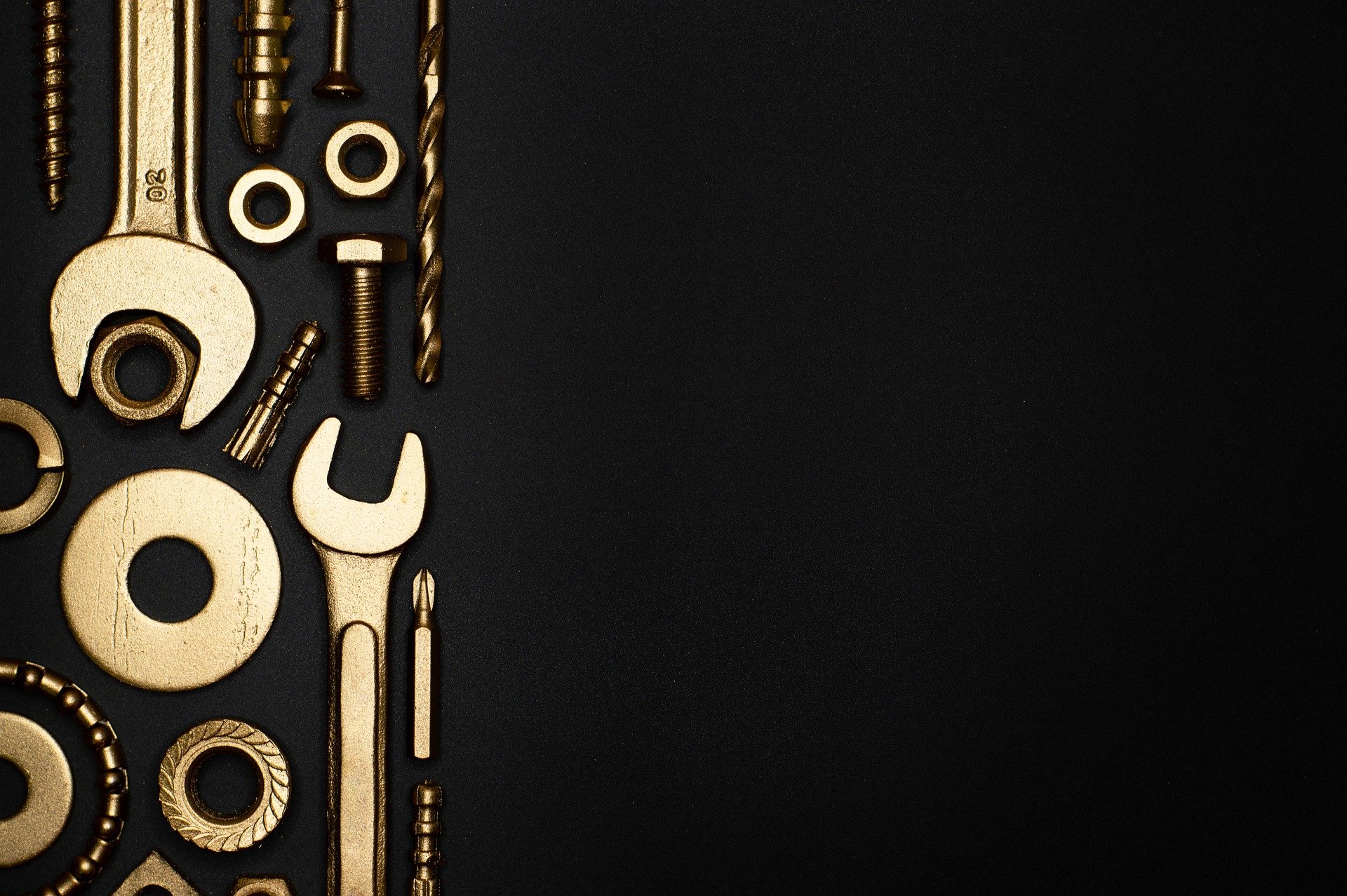Paddleboarding is one of the most popular water activities today. People of all ages can participate in stand-up paddleboarding, which is called SUP for short. The saltwater or freshwater sport provides more than just the opportunity to skim across the surface of the water at your own pace but also a great exercise in doing so. Just what is paddleboarding.
What Is A Paddleboard
People often wonder, what is a paddleboard. When you think of a paddleboard, let a longboard surfboard come to mind. Paddleboards are long, wide, and thick to serve as a platform for your body to stand on. A paddleboard’s design allows it to become a sturdy base that helps maintain balance when standing on it in the water.
Once you are standing upright or if you prefer kneeling for stability, a paddle is used to propel you in the direction you wish to go. When it comes to what is paddleboard the gear and technique is straightforward.
What Is Needed To Paddleboard
What’s great about the activity is that very few items are needed. First and foremost, you need the SUP board, secondly a paddle, and lastly, a life jacket in the event you fall into the water on your adventure. The board comes with an ankle strap to prevent the board from drifting away if you fall in.
Depending on if you’re planning to lounge out on the water you may also want to consider paddleboard anchors. The anchors are small and most frequently, are easily stowed in a storage bag. Anchors for paddle boards are low in cost and considered an excellent addition.
How Are Paddleboards Constructed
Paddleboards are constructed most often in two different ways. The first is inflatable, and the second is a rigid paddleboard
Rigid Paddleboard
A rigid paddleboard is precisely how it sounds. It is a longboard that cannot be broken down into a small size because it is constructed from high-density foam.
Pros
The rigid boards tend to have more stability because it is not influenced by changing air pressure as it would in an inflatable paddle board.
More times than not, they can last a lifetime if properly cared for. Although the cost may be high when compared to inflatable, consider how much use it will have.
Cons
Storage is the biggest drawback to a rigid stand up paddle. When you consider the length and the width, it can be more cumbersome to transport and store in a safe area when not in use.
They must be transported and stored with care because they are susceptible to dings if you either bump into something with the board or an object falls on the board.
Inflatable Paddle Board
A Inflatable sup can be inflated for use and deflated for pretty convenient storage, especially if you live in a place with limited space.
Pros
The most significant benefit to an inflatable paddleboard is filling it up with air when you want to use it or letting it out to stow away.
Inflatable comes in a handy storage bag for easy transportation. The bag can be kept placed in the trunk of a car compared to needing an SUV or truck for a rigid board.
Lower cost options are available than rigid boards.
Cons
If you live on or within walking distance to the water and have room to store a rigid board, then buy one. Inflating and deflating a board takes valuable time.
Inflatable sups are prone to leaking. Once they spring an air leak, they can be challenging to repair.
What Size Board And Paddle Do I Need
Generally speaking, the board should be about 10″ taller than the rider. Keep in mind that those with great balance can get away with a smaller board, where less coordinated should choose a longer board length.
There are two options for paddles, and adjustable or non-adjustable. We recommend an adjustable if multiple people will be using the board in the family. Generally speaking, the paddle should be adjusted to a height that is 4″ above your head. Alter the length as needed.
Where Can A Paddleboard Be Purchased
A paddleboard can be bought in nearly any outdoor store. For online shoppers, many websites sell boards and paddles. However, rigid boards may be more costly to purchase online because of shipping costs.
Remember, you may want to stop in the store to get a feel for what suits you best.
Time To Get Out On The Water Paddleboarding
Now you know what is paddleboarding. Before purchasing a paddleboard, it is best to try it out. Boards can range from $200- $1,600, so deciding it’s not for you after the purchase can be a costly mistake. Ask a friend who may have one or search the internet for paddle boarding near me and test it out. Rent a paddleboard when you’re on vacation. The combination of exploring the shoreline in saltwater or freshwater while exercising is hard to pass up.








Leave a Comment
You must be logged in to post a comment.